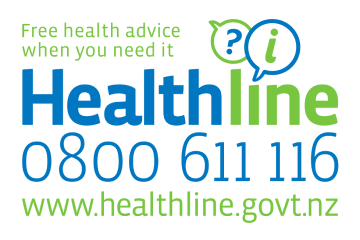Moving From Tube Feeding To Oral Feeding
Moving From Tube Feeding To Oral Feeding
If your child has been tube fed, and is moving to eating and tube weaning, you will have support from a team. Find out what the process might look like.
Who will be on my child's feeding team?
Your child will have a feeding team because they need a range of specialist skills.
The team will generally include:
- your paediatrician
- a home care nurse
- a speech and language therapist
- a dietitian
Sometimes the team will also include:
- an occupational therapist
- a psychologist
You might hear this team called a multi-disciplinary team (MDT).
What will my child's feeding team consider when thinking about eating and tube weaning?
Your child's team will consider several things, including:
- your child being able to swallow food and drink safely
- your child being able to eat a variety of foods for growth, and drink enough
- your child's feeding skills and development
- your child's feeding behaviour, and mealtimes being an enjoyable experience
Assessing your child for tube weaning
To assess these things, your child may need some evaluations and appointments. The team will talk about the information with you. Together, you will develop goals that will help your child to make progress. You and your team will then work closely together to put strategies in place that will help your child become ready for eating, and tube weaning. At your appointments, you will have time to review goals, and make any changes depending on what your child needs
What the process of tube weaning may look like
Usually in New Zealand, tube weaning happens at home. You will have support from your team. Your team may visit you regularly at home, or see you in outpatient clinics.
As your child progresses with eating and drinking, you need to provide some information to your team. This includes:
- food types
- how much your child eats and drinks
Your team will measure your child's growth - their weight and height.
Your dietitian will use all of this information to decide when and how to reduce your child's tube feeds.
What are some of the different approaches to tube weaning?
While there are many different treatment approaches, your child's plan may involve some common elements.
Medical monitoring
Medical monitoring and oversight by your doctor or paediatrician.
Nutritional monitoring and oversight
Your child's dietitian will regularly assess your child's growth, how much feed they are having, and help you with choosing nutritional foods to introduce.
Hunger manipulation
Your dietitian may decrease your child's tube feeds, or schedule them differently so that your child is more likely to feel hunger at mealtimes when they will be fed by mouth (oral mealtimes).
Oral motor and sensory techniques
Your speech and language therapist can help with improving skills such as drinking from a cup and using a spoon, and introducing new tastes or textures to your child.
Behavioural techniques
Your psychologist or other medical professional may help you learn strategies to increase structure and routine in meals, introduce new tastes or textures, decrease mealtime problem behaviours, and reward desired behaviours.
This page last reviewed 10 November 2021.
Do you have any feedback for KidsHealth?
If you have any feedback about the KidsHealth website, or have a suggestion for new content, please get in touch with us.
Email us now